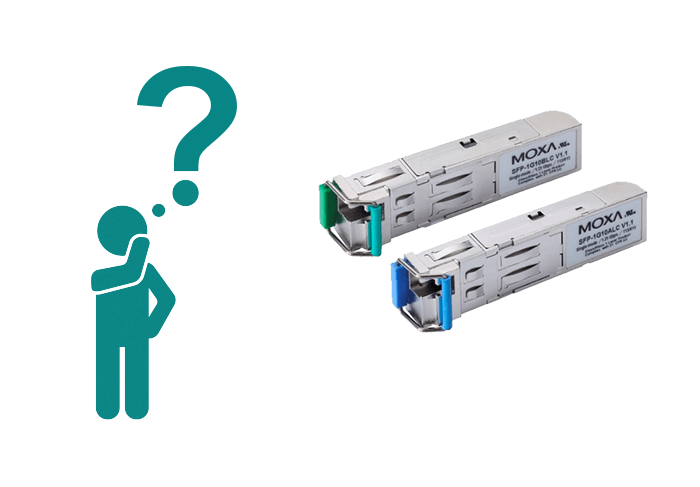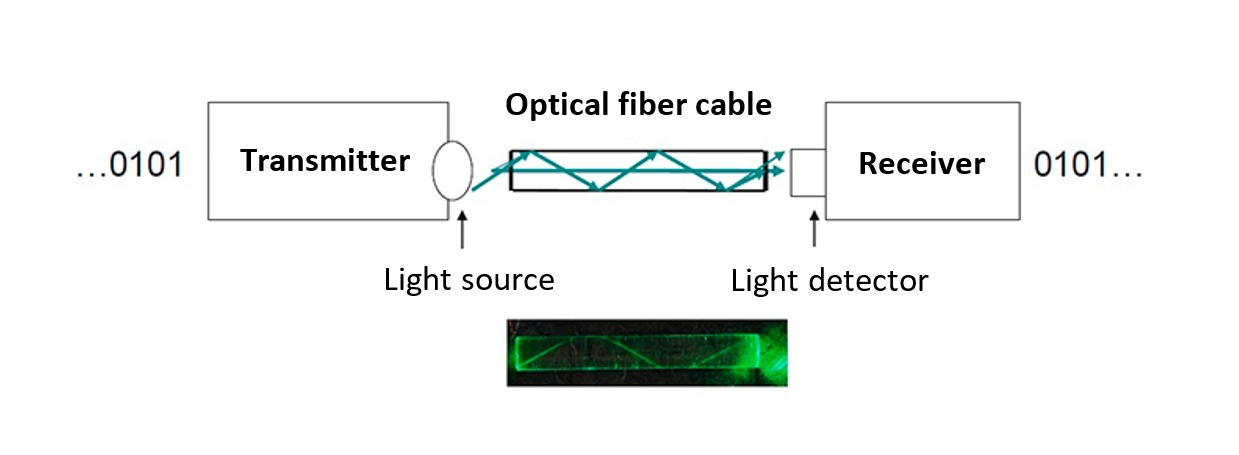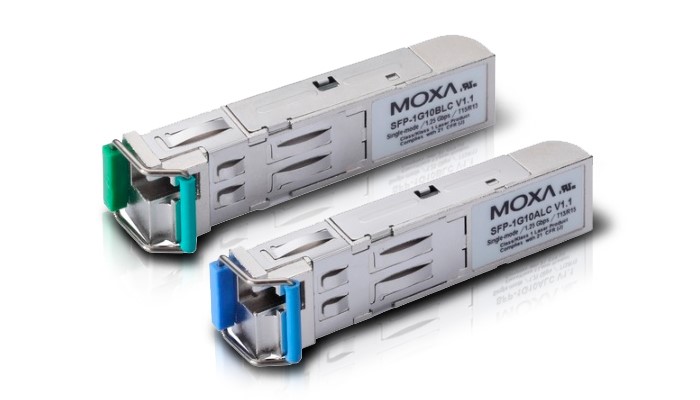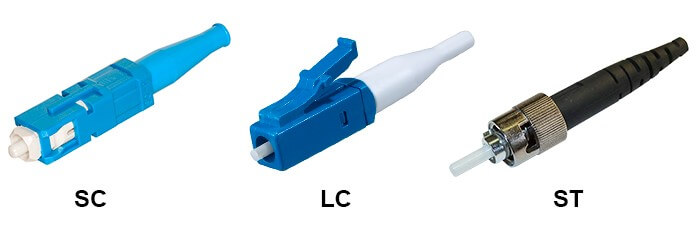
When we come across with a notion of «fiber optics» or «optical fiber links», we picture kilometers of optical fiber networks connecting highly remote locations. And when it comes to building a network, many questions arise:
- What fiber optics to choose?
- What is the difference between a single-mode and a multi-mode cable?
- What cables suit an SFP module?
- What distance can be there between SFP modules?
And many other questions.
The main advantages of optical fiber networks include: increase of transmission distance (in some cases up to 120 km), high interference immunity, protection against unauthorised access (interference, inductive reading, etc.).
The principle is based on the light that is used for the signal transmission. The light is transferred through the core made fr om special polymer with transceivers at the connection boundary. For example, SFP modules (Small Form-Factor Pluggable) are among highly demanded types and have embedded transmitter and receiver. They enable to connect a port of a module to the optical fiber network.

The main difference between various SFP modules lies within a type of optical fiber. That is why, when choosing a module, it is required to decide on a fiber optics type first.
Multi-mode optical modules
They are designed for application with a multi-mode (MM) cable, typically, of 50/125(ОМ2) standard or 62,5/125 standard. Modules support data transmission at rate of up to 10 Gb on waves with thickness of 850 nm or 1320 nm. The energy of light is used for data transmission, a light emitting diode serves as a source. There are several radiation modes spreading along the optical fiber, each at its unique angle. The disadvantage is that there is a data transmission distance of up to 550 meters.
Single-Mode optical modules
They are used with a single-mode (SM) cable, typically, of 9/125 standard. Here another technology is used, laser is used as a light source, radiation spreads along the optical fiber in one mode, so that the data transmission distance reaches 120 km.
There also exist SFP modules with a WDM technology, in which the signal receipt and delivery are done through a single core (using one connector), but at different wave lengths. This either reduces the number of cores when building networks, or saves money in projects wh ere the amount of cores is limited by the budget. In this technology only a single-mode optical fiber is used. Two paired modules are used for organization of connection, each having different (opposite) wave lengths of a receiver or a transmitter, for example, 1310 nm and 1550 nm.

Every optical fiber operates at a definite rate, i.e. according to particular 802.3 Ethernet standard. It is essential to remember that, as there is no MDI/MDIX function for automatic rate detection in these devices.
Accordingly, apart from optics, it is necessary to choose the required speed: Fast Ethernet, Gigabit Ethernet or 10 Gigabit Ethernet.
Besides the difference in data transmission technology and optical fiber type, in SFP modules there exist several types of connectors - SC connector and LC connector. Frequently, if you are responsible for the network equipment only, then cables have some connectors already and you only need to find out, what they are and to choose a correspondent switch or a media converter.
But if you are to decide, then the answer to a question “What is to choose?” won’t be universal and objective. Basically, a particular connector does not stand out among all others, thus, their choice is conditioned by the task. In most of the cases, the LC connector is used, in particular, only these connectors are present in SFP modules by MOXA. ST connectors can be helpful when a stronger fixation is required, that is thanks to a screwed metal cap. SC connectors are good at multiple use on various cores (they can be taken off and put on another wire).

If your cable and SFP module have different connectors, then you can use an adapter.
One should not forget, that there exist SFP modules not only for optical fiber, but also for a twisted pair with a RJ-45 slot.
Is it possible to use a copper SFP module SFP-1GTXRJ45-T in a Turbo Ring?
All SFP modules support hot swapping.
Is hot swapping of MOXA’s SFP modules allowed?
The module installation is quite easy and goes in a couple of stages:
- Install a module into the slot until you feel the SFP transceiver snaps shut.
- Take off the dust caps (immediately before making a connection) and save them for further use.
- Immediately connect the optical fiber cable connector of the network interface to the module.
To disconnect do the same steps in reversed order.
When building a network, you always come across optical fiber equipment from various manufacturers on different line ends. Here the question of equipment compatibility and its combined operation arises.
To answer this question, you only need to check the compatibility of technical parameters:
- wave length (nm)
- rate (according to 802.3 Ethernet standard)
- cable/optical fiber mode (single-mode, multi-mode)
- cable section
If these parameters coincide, then the difference in manufacturers does not matter, and the equipment should operate correctly.

